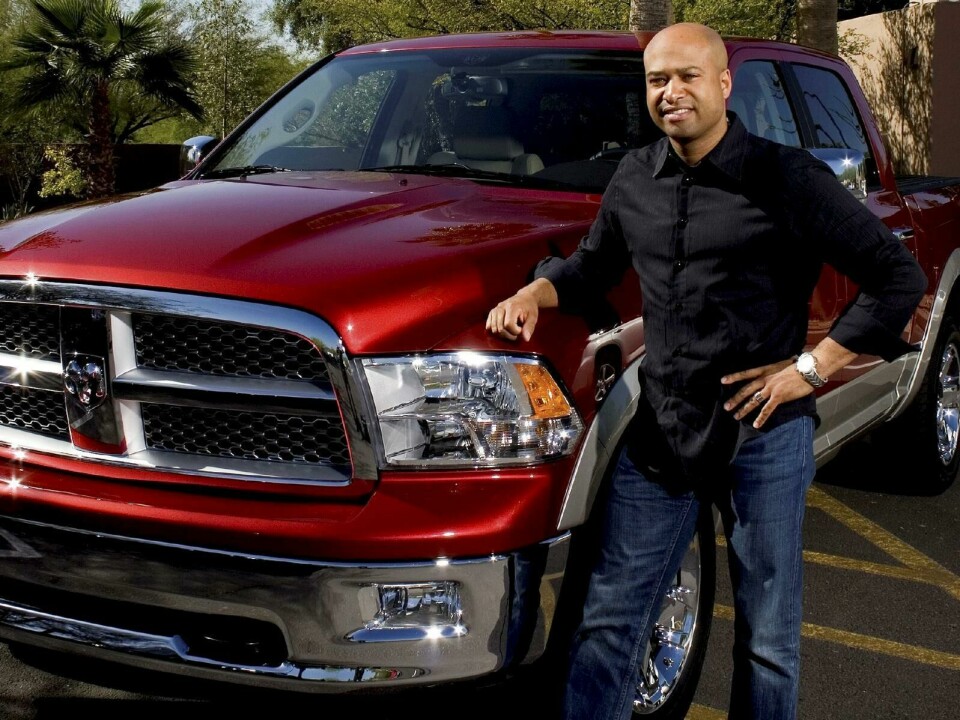
Exclusive interview: Stellantis chief design officer Ralph Gilles
Design veteran Ralph Gilles discusses artificial intelligence, the metaverse and why zen interiors are a thing
Car Design News recently paid a visit to the Motor City to catch up with Stellantis chief design officer, Ralph Gilles. We found the designer in typically buoyant form despite the demands of liaising with teams spread across different time zones. We kicked off the conversation by asking Gilles about his views on the potential impact of artificial intelligence.
Car Design News: What are your thoughts on AI in design?
Ralph Gilles: AI may be for research or for understanding what the trends are because it’s a very quick way to simulate a lot of trends. Some past, some present – it’s kind of a fusion. There’s always a head of the snake, i.e., there’s someone behind all that algorithm design who’s trying to make sense of how humans think or replicate how humans process information.
And I think it’s fascinating, but it’s a tool like anything else, I think it’s probably a device to get a sense of what is impactful. It’s kind of a cliché of every detail rising through the surface, so you can quickly see what not to do sometimes. This is what the world expects you to do – so let’s go a different direction.
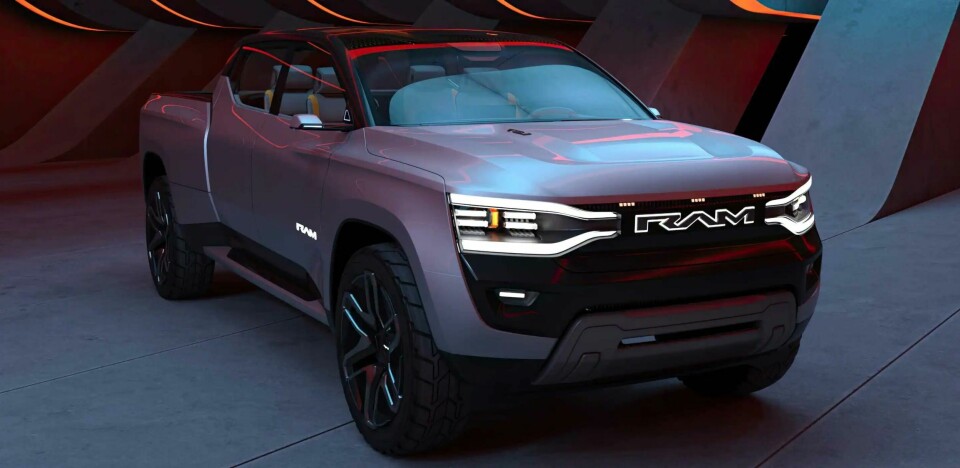
CDN: So, you don’t see it as an existential threat to designers?
RG: I think for lesser companies maybe. If I’m a tractor designer or a fledgling startup or something, it might be a good way to get some great ideas quickly, or test what’s out there, and quickly extract the most impressive stuff. But it’s only going to be iterative. I don’t believe it’ll replace designers. It’s just another tool to explore, to challenge yourself. If the computer comes up with something, maybe you’ve got to do better than that.
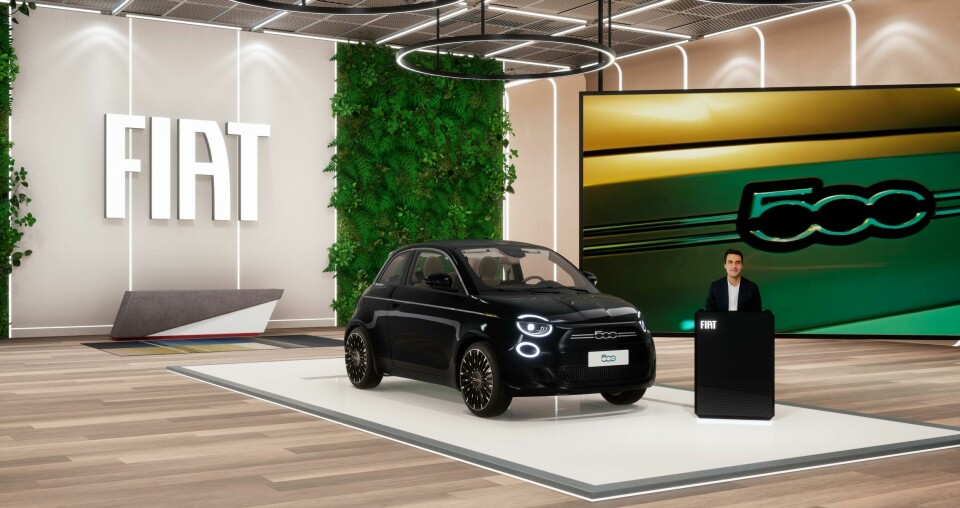
CDN: How will the metaverse influence design?
RG: The metaverse isn’t completely new. For example, video games are really, in a way the metaverse. There’s been a lot of sophisticated games out there that people have been able to dive almost dangerously deep into. What the metaverse brings is accessibility, a convenience – creating a city, a network, another life almost. There’s an element that is scary to me. There are people that are going to enjoy it, and maybe create relationships, but it could be like those movies where people are disappearing into chambers for a day.
It turns out we pay better than most gaming companies
CDN: What opportunities does it offer?
RG: Everything in that environment is curated. If you think about how we design spaces, display spaces, we design everything in our own version of the metaverse in a way. All the cars I’m working on are on my laptop. They’re not physically out there yet. So, we’re simulating what we imagine a car to look like in an environment, and we build those environments already. We build surroundings, we build sunsets, we build Beijing or whatever, and we park the car there and it gives us a quick accelerated read.
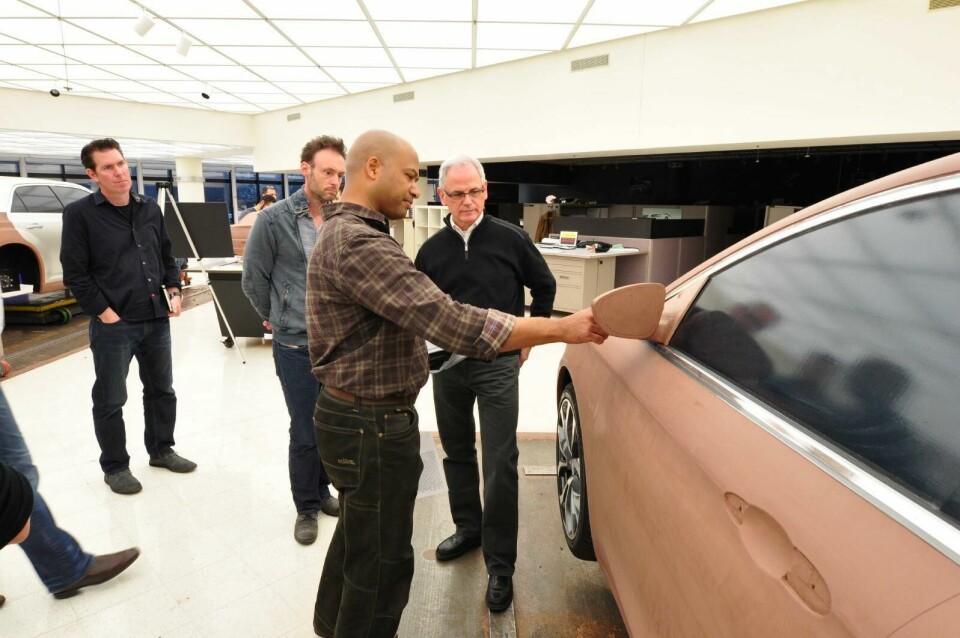
I remember when, for example, digital photography first came out and non-professionals were trying to replace trained photographers. It turned out the trained photographers, who were good behind the camera, were also good behind the computer. And their stuff was always better than a hack who could use the software. So that tells me there’s a skillset there that can understand how to capture something, how to tell an even better story.
CDN: And when it comes to finding that talent, are you looking to the gaming world?
RG: Yes, we’ve hired gamers. It turns out we pay better than most gaming companies, especially at that initial phase. Plus, a lot of them are car lovers and they love design. They love interacting with people outside of their particular area of excellence. So, they cross pollinate with classic designers, with people from textiles, for example. And now that we’re coming back to the office, the social aspects and potential for collaboration are huge.
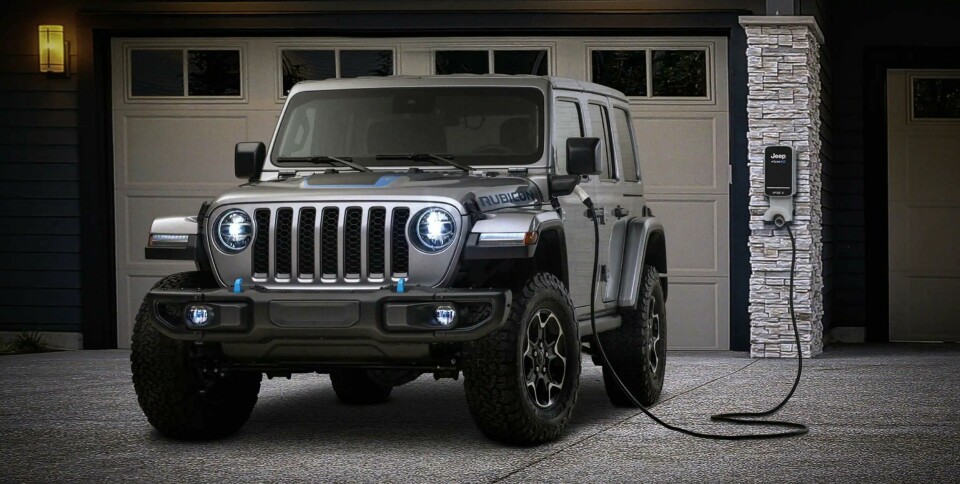
CDN: From some conversations I’ve had, there was a fear at one point that the car industry was bleeding talent to the gaming industry. Is that not the case now?
RG: It was true, and it’s become untrue. They’ve come back in a way that makes us more appealing to that customer now because the interiors are becoming gaming areas. And we’re trying to entertain our customers, as well as design beautiful interiors. We need beautiful content, with screens, animations, with all kinds of stuff. And then that bleeds over into point of sale, into website traffic, into marketing. Even preparing materials for auto shows – it is all coming from the same design house.
If I can have one of those wonderful talents, even for two years, I don’t expect them to stay with us for a decade – their attention span is very short – but in those two years, that influence can last for decades. We are almost like the tech industry, where we expect them to visit us, and try it out, and we enable that.
In a way, we are competing with ourselves because our customers love the cars we make
CDN: And what influence are they having?
RG: Lately we’ve noticed a passion for Zen.
CDN: Zen?
RG: For the interior to be a peaceful place, less bombarded by finishes, and materials, and shapes. To simplify, and let the media be the entertainment, or set the tone of the whole interior. Because you can do that now. It’s not pixelated digits like when we came up in the world. And as the screens, in some cases, get to be more prominent, that’s enough to satisfy the customer.
That is to say, as long as that experience is beautiful, they forgive the simplification of the rest of the car. And cost-wise it makes sense. We can’t give it all away, so we have to maybe pair down in the material choices, and the amount of content sometimes. And it’s not taking anything away because you’re going to get it back in a different way. And that’s happening real-time, we see it.
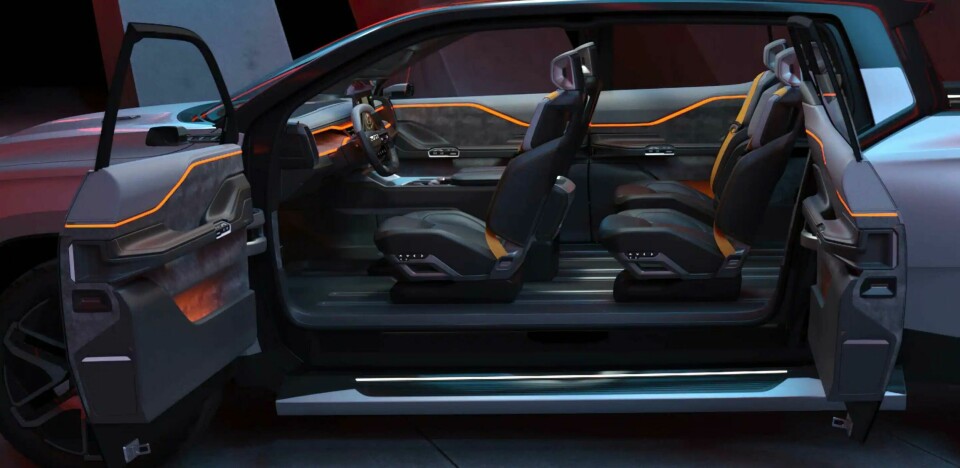
CDN: As we move into electrification, how are you going to appeal to a set of people who are not that interested in cars, or perceived to be not that interested in cars?
RG: We are electrifying as we speak – projects that I can’t speak of are already booked, and done, and being tooled. It’s a bit of a gamble, to be honest. With the brands like Dodge and Jeep, we need to take our very loyal base with us. Everyone is always talking about trying to compete with this and that [other OEMs]. In a way, we are competing with ourselves, because our customers love the cars we make. I mean, we have no leakage in these brands, we’re gaining customers, but we’re also recycling our own for years, decades.
With Ram Trucks, the number one thing is to take care of them, because if you lose them, you’re in big trouble. At the same time, appealing, as you say, to brand-new customers that are sitting on the sidelines. We noticed it with the Wrangler – as soon as we put out a plug-in, they jumped on it. It’s a very fascinating time that we live in.
CDN: Are you making sense of it, this fascinating time?
RG: Yes – I love it. I feel blessed to be in this industry, crossing over now three decades, watching it metamorphosize. And because I’m a hobbyist, I can go back, get 50 years, and drive those cars when I want to, and experience that. At the same time, I live in the future. It’s just an amazing journey. I wouldn’t change any of it.



